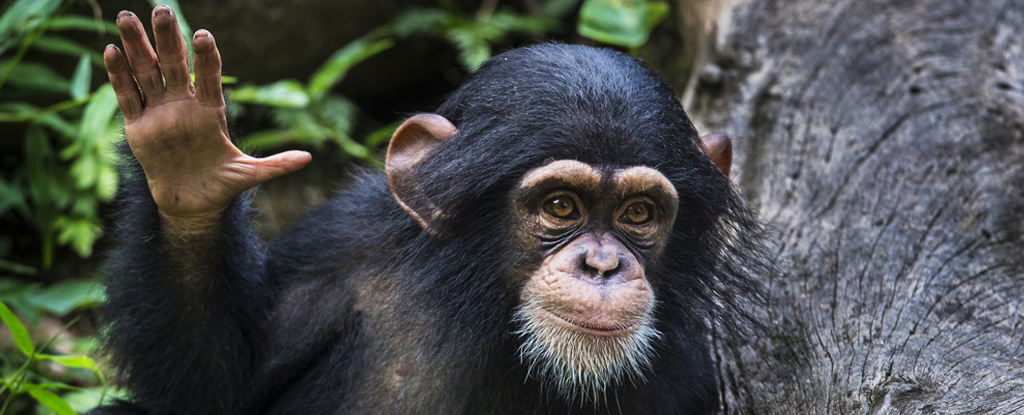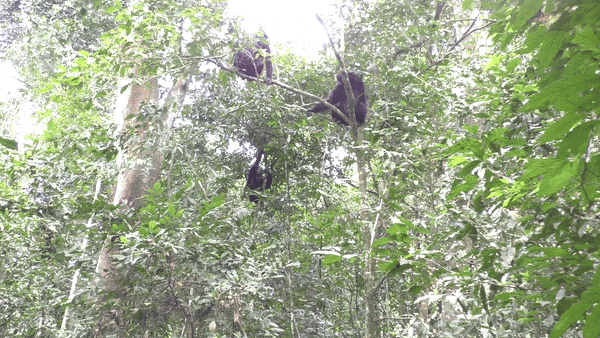
Chimpanzees, our closest living relatives in the animal kingdom, exhibit rapid back-and-forth communication through gestures and sounds that resemble human conversations. A recent study published in Current Biology reveals that chimpanzees follow a similar communication pattern structured around turn-taking, with responses following pauses of up to a second. This finding sheds new light on the evolutionary mechanisms driving social interactions between humans and primates.
Researchers from the University of St Andrews in Scotland analyzed video footage of five wild communities of East African chimpanzees in Uganda and Tanzania, focusing on instances of communication between chimps. They found that 14% of all interactions involved an exchange of gestures between interacting chimps, with the vast majority (83%) consisting of a two-part exchange.
The researchers also noted slight variations in response timing among different chimp communities, which mirrors cultural variations in human conversation pace. However, the similarities between chimpanzee communication and human conversation suggest shared mechanisms that may have evolved to strengthen social bonds and align both members of the exchange.
Chimpanzees use gestures to clarify where to begin grooming or start traveling together. They may also gesture to greet each other after a long time, shake hands, hug, or kiss. The average timing between a gesture and response was 120 milliseconds for chimpanzees.
The speed of human conversation is also rapid-fire volley, with conversational turn-taking averaging 200 milliseconds between responses. This finding raises the possibility that back-and-forth communication may have evolved before humans split off from great apes.
Previous studies have shown that captive chimpanzees could utter human words like 'mama' and 'papa.' These findings offer important clues as to how speech evolved in our common ancestors with chimpanzees, who had brains already equipped with some of the building blocks needed for talking.

:focal(3000x2000:3001x2001)/https://tf-cmsv2-smithsonianmag-media.s3.amazonaws.com/filer_public/15/79/15798be8-6e39-4b96-a2a6-ef5bcfb98f79/aso_3241.jpg)

/https%3A%2F%2Ftf-cmsv2-smithsonianmag-media.s3.amazonaws.com%2Ffiler_public%2F15%2F79%2F15798be8-6e39-4b96-a2a6-ef5bcfb98f79%2Faso_3241.jpg)


